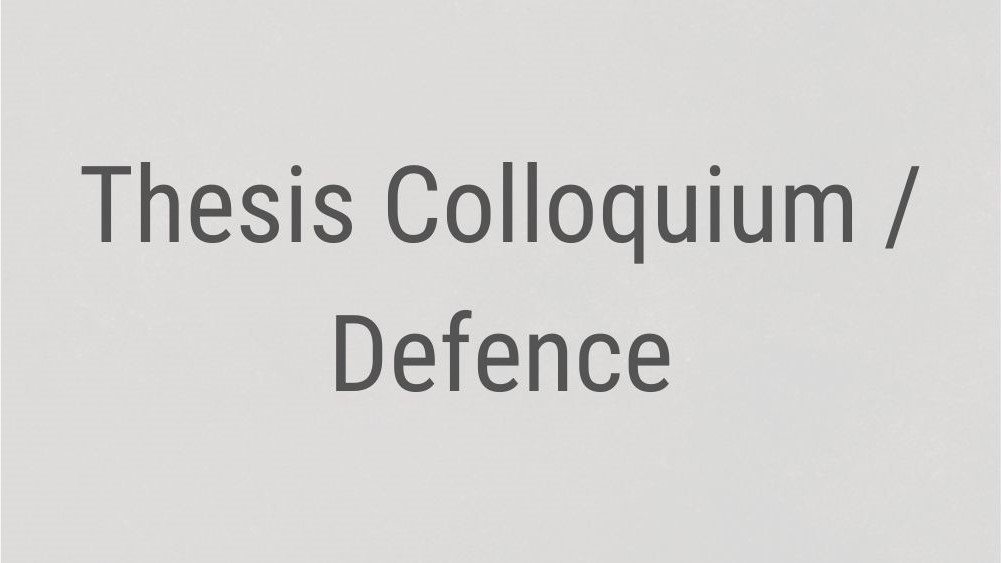
- This event has passed.
[PhD Colloquium] A class of vector fields for path following guidance
April 18, 2024 @ 9:30 PM - 10:30 PM

With rapidly evolving application scenarios, Unmanned Aerial Vehicles (UAVs) are often desired to autonomously follow predefined paths. Prospective path following guidance methods should cater to the dynamic capability of the UAV, curvature variation along the path, and provide accurate performance while utilizing, preferably, a computationally inexpensive guidance logic. This thesis presents a class of vector fields addressing a variety of path following guidance problems.
The first part of the thesis considers constant curvature paths, namely, straight lines and circular orbits. The key idea is to generate the commanded UAV course angle as a vector field based on the instantaneous UAV position. The vector field logic uses an arcsine shaping function based on the UAV position with respect to the desired path. A stability analysis guarantees asymptotic convergence of the UAV position error to zero. A detailed comparative study with a popular approach demonstrates that the proposed method significantly reduces the maximum curvature and the total control effort along the guided trajectory. Numerical simulation studies consider a second-order course hold autopilot, first-order airspeed control and different UAV initial conditions to demonstrate the effectiveness of the proposed guidance method.
The second part of the thesis considers scenarios wherein the path exhibits variation in its curvature. First case considers an elliptic path following scenario, and a course angle guidance command is proposed which encompasses path convergent and path tangential components. The path convergent term is deduced using an arcsine shaping function of the UAV position error with respect to the path, while the tangential component is obtained using the slope information of the path. The second path following case considers paths described explicitly as y = f(x). Therein, again the course angle guidance command comprises path-tracking and path-attracting elements. Subject to the proposed guidance methods, asymptotically converging behaviour of the UAV position error is deduced using Lyapunov stability theory. Extensive simulation studies are carried out with several UAV initial positions for following elliptic, sinusoidal, and parabolic paths.
Next, the thesis introduces rectangular boundary surveillance guidance using Lamé curve paths. Geometric properties of the Lamé curve paths are analysed, and an efficient Lamé curve path-based circumscription of a rectangular boundary is proposed. Considering a given UAV maximum turn rate, a comparative analysis highlights that the proposed Lamé curve path offers significantly reduced path length in circumscribing a rectangular boundary as compared to widely used elliptic circumscription. Further, a vector field guidance method is introduced to follow the Lamé curve path, and its stability properties are established. Numerical simulations include sample scenarios with several UAV initial conditions and comparative studies with different rectangular dimensions.
Using an indoor motion capture facility and a quadrotor UAV platform, the last part of the thesis presents experimental validation studies for the proposed guidance methods. Flight trials consider a variety of constant and variable curvature paths and demonstrate the effectiveness of the proposed guidance methods.
Overall, the proposed guidance methods present simple, analytic, and easily computable path-following logic that utilize only the UAV position information. Deterministic performance guarantees and extensive validation studies further add to the merit of the proposed guidance solutions.
Speaker: Amit Shivam